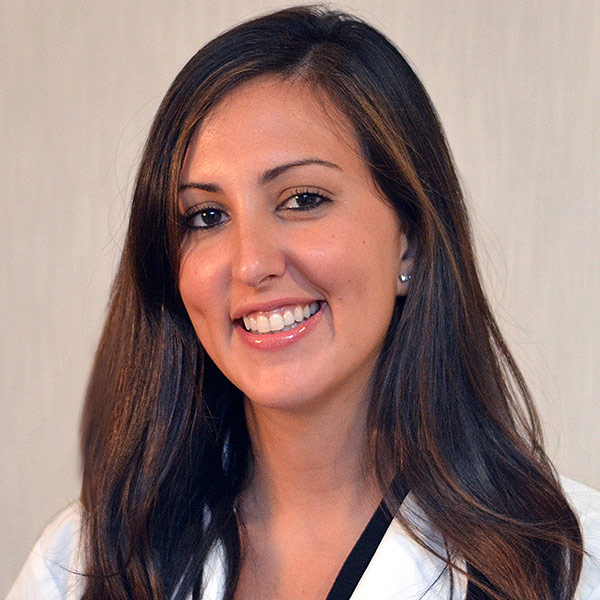Zipes Keynote to Examine Role of Health Equity in Preventing CVD

Preventing the onset of cardiovascular disease usually focuses on tracking a patient's physical condition, including cholesterol, blood pressure and A1C levels. Often lost in that work, though, are factors that measure sociocultural determinants of health, including racial and ethnic background, gender, access to care and language skills.
Ignoring these factors is a danger not only in the care of individual patients, but in overall research of cardiovascular disease across diverse populations. Fatima Rodriguez, MD, MPH, FACC, will examine the importance of health equity in the setting of disease prevention when she delivers today's Douglas P. Zipes Distinguished Young Scientist Award Keynote.
"A lot of times health equity may be an afterthought when we're conducting research and performing clinical care," says Rodriguez, assistant professor in cardiovascular medicine at Stanford Medicine. "We must be intentional to ensure that our advances and gains in cardiovascular medicine translate to all patients. This may mean providing additional resources and tools sometimes to certain groups to narrow an already large gap." In terms of research, being intentional means ensuring that diverse populations are being studied from the outset and there is consideration of the social and structural factors that lead to poorer outcomes.
The Douglas P. Zipes Distinguished Young Scientist Award Keynote will take place today from 12–1:15 p.m. in Room 207B.
Rodriguez specializes in the primary and secondary prevention of cardiovascular disease, lipid disorders, and cardiovascular risk assessment in high-risk populations. Her research includes a range of topics relating to racial, ethnic and gender disparities in cardiovascular disease prevention and developing novel interventions to address disparities.
Chipping away at the structural racism that slows progress in cardiovascular disease prevention is an "overwhelming problem," she says, but some simple actions can help bring down some barriers.
"We can all can do something about this," Rodriguez says. "In preventive cardiology, for example, one thing we have been very intentional about is dealing with patients who have limited English proficiency and making sure before their clinic visit that they will have access to interpreter services. Even logging onto video platforms can be challenging for some of our patients and requires systems to facilitate the process."
Another key in the effort for health equity is to include more diverse groups in clinical studies. This will lead to the collection of broader datasets.
Fatima Rodriguez, MD, MPH, FACC
"If we don't collect data we won't be able to study it, monitor it or benchmark it," Rodriguez says. "We need to make collecting information about social determinants of health routine in clinical practice. This includes asking people about things like housing stability, education level and potential barriers to adhering to lifestyle and medical therapy recommendations."
Technology also can be used in primordial prevention of cardiovascular disease. Researchers need to make better use of electronic medical records and artificial intelligence in the early identification of individual patients and families at the greatest risk of disease.
Early interventions should focus on maternal health that affects babies, tobacco-prevention programs and education at the school level.
Many of these efforts fall under the teaching of cultural competence, but Rodriguez suggests that "cultural humility" is even more important.
"Cultural humility means acknowledging that we don't know everything and that terminology and factors that affect certain groups continue to evolve," she says. "We all need to continue to learn about best practices around health equity, as we are seeing in our medical journals on study design and terminology. Achieving health equity is the goal but the process requires close partnerships with communities and groups outside of health care."
Finally, improved risk stratification for diverse patient groups also is needed. Data often are lacking for the treatment of these groups that are not included in studies. This means clinicians need to explore novel approaches to using health data and finding better treatment options.
"One of the most exciting parts of my work as a health equity researcher is learning from my colleagues from different disciplines such as engineering, management and informatics. The most innovative solutions for tackling disparities will occur at the intersection of different fields," Rodriguez says. "The central theme of my Keynote is that we need to be very intentional about including diverse populations in our research in cardiovascular prevention. That is not only the right thing to do ethically, but it is the right thing to do for the quality of science."
Keywords: ACC22, ACC Annual Scientific Session, Newspaper Article, ACC Scientific Session Newspaper
< Back to Listings
